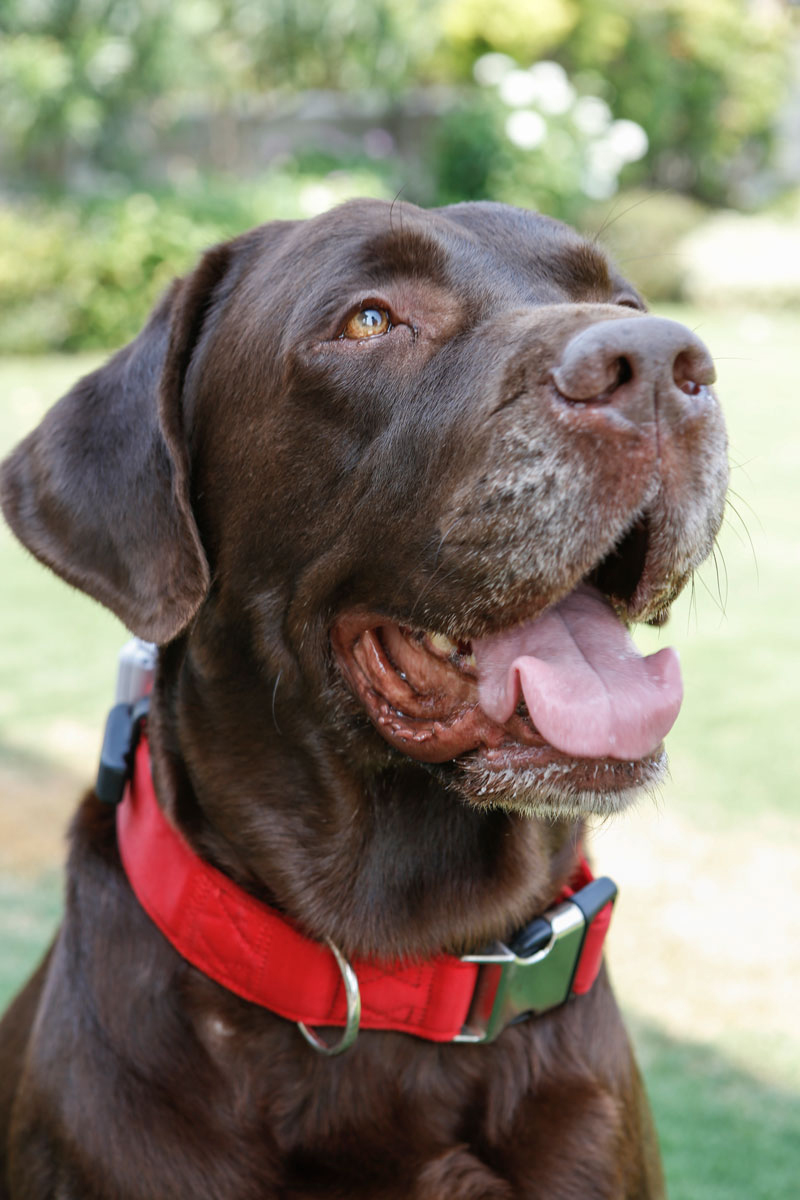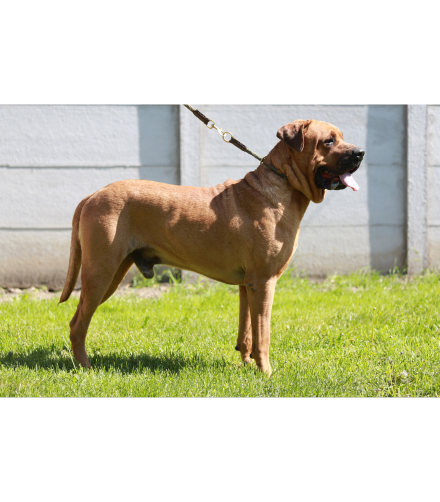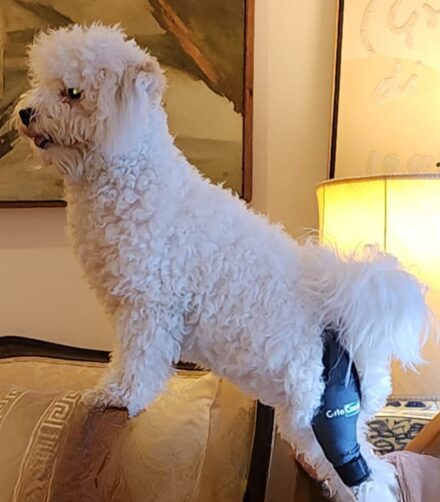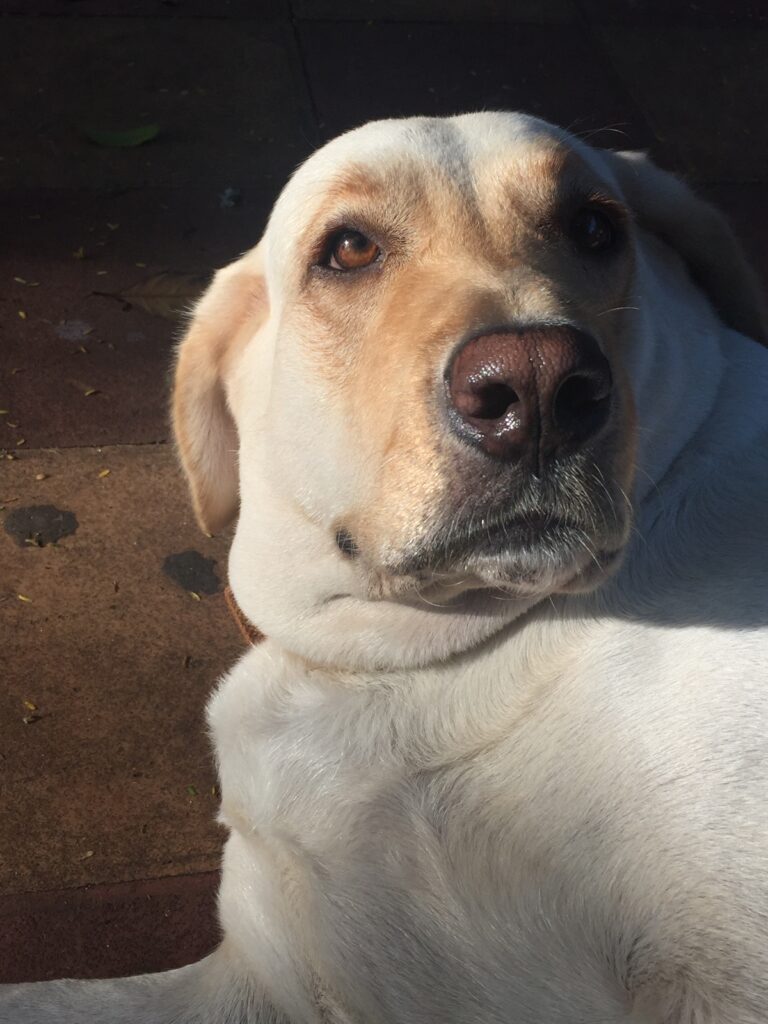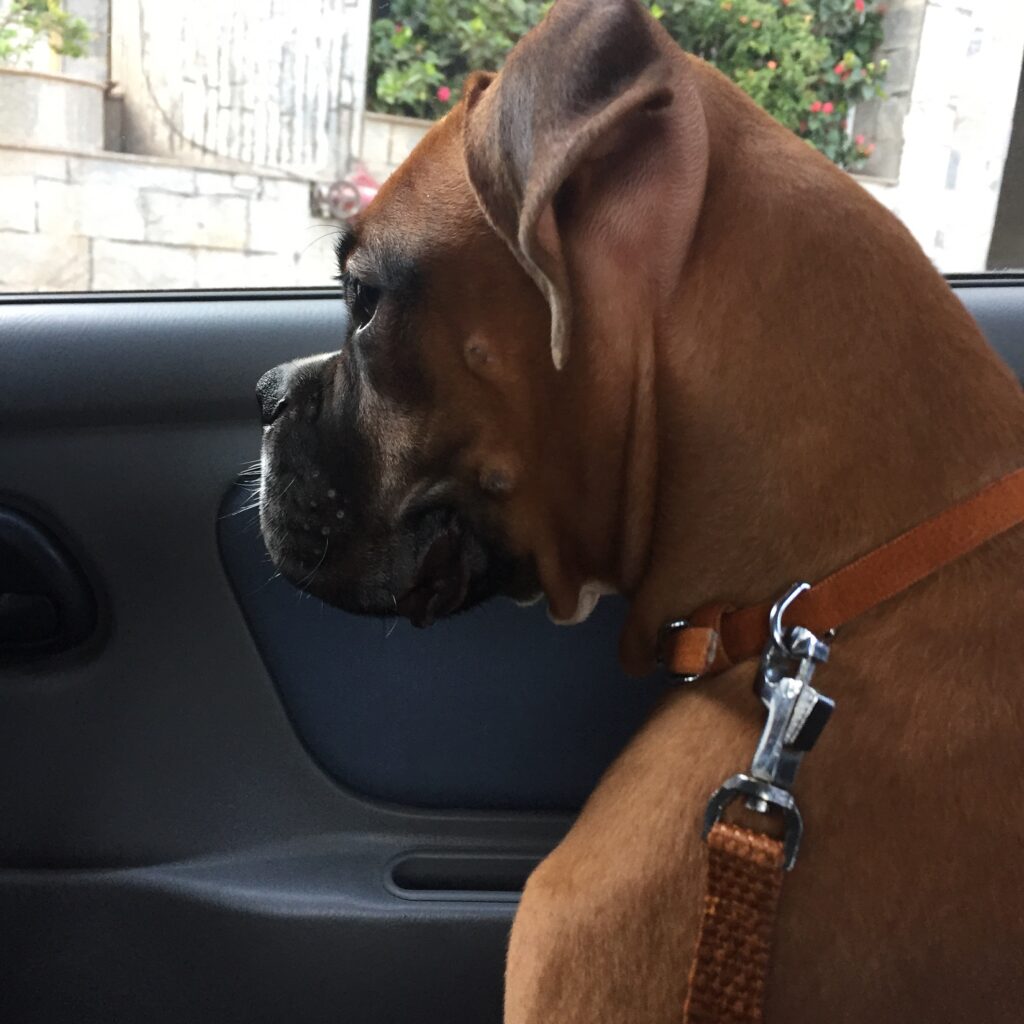Hip Dysplasia, a genetic disease that has been the kryptonite for many dog owners in the past and the present. This problem is known to be common in giant dog breeds. However, smaller sized dogs are affected as well.
This crippling and painful condition can considerably affect a dog’s quality of life. Not only that, it can be an emotional and financial burden to the owner of that dog too.
Knowing exactly what Hip Dysplasia is and its signs early on can help you prevent this condition and let you keep your dog comfortable.
That’s precisely what we’ve done here. In this article, we’ve listed everything you need to know about Canine Hip Dysplasia, its symptoms, treatments, precautions and many more. So if you care about your furry friend and want to avoid conditions like this in the future, make sure you go through this article thoroughly.
Canine Hip Dysplasia, What Is It?
Hip Dysplasia is a condition that occurs when the dog’s hip joint fails to develop properly. The condition occurs mainly in the growing stages of a dog, and as mentioned before, it can occur in all dog breeds. However, it is hereditary and primarily common in large dog breeds.
To be clear, the hip joint is a ball and socket joint. While the dog is growing, the ball, also known as the “femoral head” and socket known as the “acetabulum”, should grow at an exact rate.
However, for dogs with Hip Dysplasia, the ball-and-socket joint fails to develop correctly, which results in a joint that’s very sloppy and unsteady. Also, it’ll later be followed by osteoarthritis (OA) or degenerative joint disease (DJD).
This is a severe problem. When a dog moves with a hip joint that is not stable, there is a chance that it can lead to permanent damage in the structure of the joint.
Canine Hip Dysplasia, Causes
When it comes to the causes of Hip Dysplasia in dogs, there’s a lot. It starts with genetics; it is the most significant risk factor. Growth rate, exercise, hormones, environment, mental stimulation, nutrition and inappropriate weight all can lead to the development of Hip Dysplasia.
As this condition commonly strikes large dogs, large breed puppies should be kept at an ideal weight during their period of growth. In addition, you should avoid overfeeding your pups and encouraging excessive growth.
Also, unsuitable nutrition, too much exercise or lack of exercise too can lead to Hip Dysplasia.
So, every time before you choose a diet for your dog, make sure you have a word with a VET. He will be able to provide you with a perfect diet for your dog. Not only that, ask the VET about the right amount of exercise your dog needs to be in its best condition.
Dog Breeds That Are Prone to Canine Hip Dysplasia?
Even though all sizes of dog breeds are affected by this condition, it is most common in larger dog breeds. So, here’re those breeds that are prone to Canine Hip Dysplasia:
- Labrador Retrievers
- Golden Retrievers
- Rottweilers
- Bulldogs
- German Shepherds
These are just some of the breeds. Keep in mind that all the large dog breeds are at risk for Hip Dysplasia. Even the large mixed breeds are at risk too.
Signs Of Hip Dysplasia In Dogs
Canine Hip Dysplasia affects each dog in a different way, so here are some signs you can look out for:
- Reluctance to play.
- “Bunny hopping” to get upstairs or when running.
- Change in the way the dog uses the hind legs.
- Early exhaustion.
- Limping or stiffness.
- Pain.
- Difficulty standing for a more extended period of time.
Hip Dysplasia in dogs can even go undetected at times. They may not even show any of these symptoms at all. However, some dogs tend to show these signs when they’re as young as 4 months old.
“Bunny hopping” looks somewhat like this
How Is Canine Hip Dysplasia Diagnosed?
The preferred method for diagnosing Hip Dysplasia in dogs is with hip x-rays for both puppies and adult dogs. This will help determine the severity of the condition and the best treatment for it.
Your VET may also manipulate your dog’s hind legs to see whether there’s any looseness of the joints.
How Is Canine Hip Dysplasia Treated?
There’s a variety of treatments available for Canine Hip Dysplasia. From surgery to medical treatments at home, you’re covered all around. When it comes to the best treatment options, it depends on the lifestyle of the dog, age and severity of the condition.
Before recommending a perfect treatment, your VET will take many factors into account. Also, your dog should have a comprehensive orthopedic evaluation before figuring out whether surgery or medical treatment is right for your pet.
If surgery is recommended, there are 03 options that are mainly used, here are all of those:
- Total Hip Replacement (THR)
This is considered the most effective and the most expensive surgery out of all. What this does is it’ll completely replace the entire hip joint with the use of metal and plastic implants. This will turn your dog’s hip function back to normal and alleviate the pains related to this condition.
- Femoral Head Ostectomy (FHO)
This surgery implicates cutting off the femoral head, which results in the creation of a “false” joint. This’ll reduce all the discomfort that’s related to Hip Dysplasia. However, FHO, unlike THR, will not replace your dog’s hip function back to normal, but it can be great to manage the pain caused by this condition.
- Double Or Triple Pelvic Osteotomy (DPO/TPO)
DPO/TPO surgery entails cutting off the pelvic bone in specific areas and rotating the segments. This’ll help improve the function of the ball-and-socket joint. Also, DPO/TPO surgery is commonly executed in dogs under 10 months old.
How Much Is Hip Dysplasia Surgery For Dogs?
- The cost of surgery depends largely on many factors, such as type of the surgery, dog’s age, location and breed.
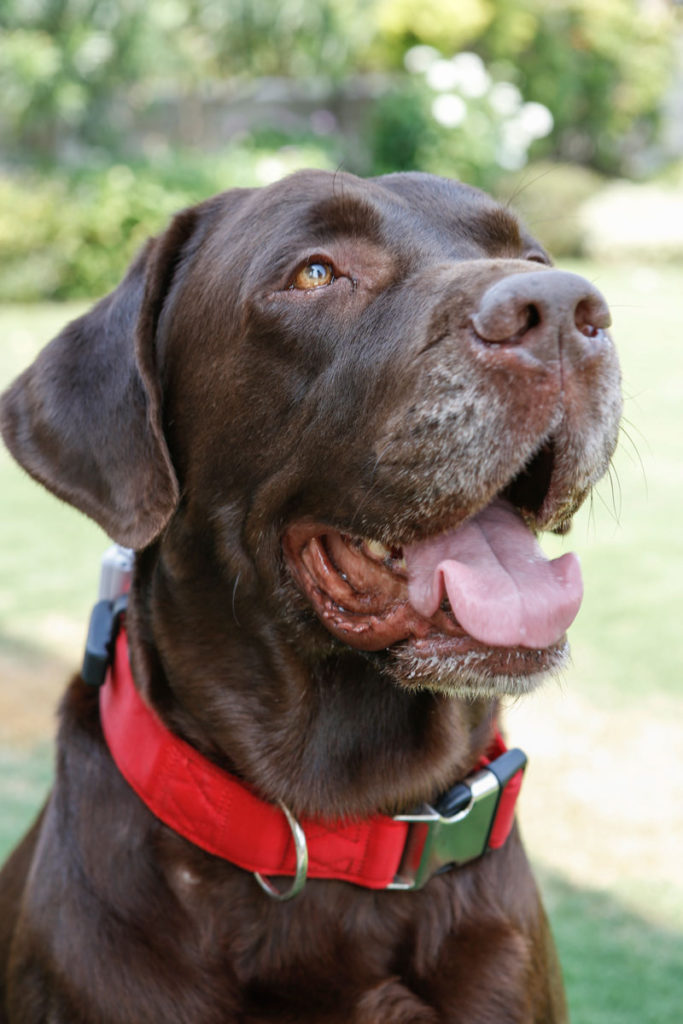
For example, here’s how all the three surgeries I’ve mentioned above will cost:
Total Hip Replacement (THR): Being the most expensive surgery, expect to spend about $3,500 per hip to $7,000, depending on everything I’ve mentioned above. Also, this surgery is only initiated by certified veterinary surgeons and can take two to three hours to complete.
Femoral Head Ostectomy (FHO): most of the time, it costs around $1,200 to $2,500, including pre-surgical bloodwork, anesthesia, procedure, post-surgical care and medications.
Double Or Triple Pelvic Osteotomy (DPO/TPO): costs vary drastically depending on the dog, but the typical range is around $3,000 for both hips.
These are all truly expensive but keep in mind surgeries are the only way that can help eliminate this pain completely. YES, you can go with medical management, this includes joint supplements and pain medications, but the possibility of the results can vary. Plus, the costs are way higher than the surgeries.
Alternative Medicine Treatments For Canine Hip Dysplasia
- Physical therapy, Acupuncture, Stem Cell Treatments, Class 4 Laser, Traditional Chinese Medicine can be used and have been used to treat Hip Dysplasia. However, the results have not been consistent, and proper scientific studies have not been done regarding these alternative treatments. Either way, speak with your VET if you’re thinking of giving any of these a shot.
FAQs
How Long Can A Dog Survive With Canine Hip Dysplasia?
Hip Dysplasia will not affect your dog’s lifespan in anyways. Any dog with this condition can go on and live a happy and active life as long as it receives good treatment and is taken well care of.
Can A Dog Die From Hip Dysplasia?
Orthopedic diseases like Hip Dysplasia will not pose any threats to the dog’s life. However, if the condition is treated in an improper way, there is a possibility that it can become life-threatening.
What Happens If Canine Hip Dysplasia Is Left Untreated?
Dogs with Hip Dysplasia are known to develop osteoarthritis (degenerative joint disease) if left untreated.
Ways To Prevent Hip Dysplasia In Dogs
Even today, there are no known ways to prevent Hip Dysplasia In Dogs. However, keeping your furry friend at a healthy weight plus feeding him a suitable diet, especially when he’s young, can reduce the risk of him developing this condition.
Also, starting joint supplements for dogs that are 3 months old and are prone to this condition is recommended. Doing so could strengthen cartilage and joints along with improved flexibility and natural pain relief.

